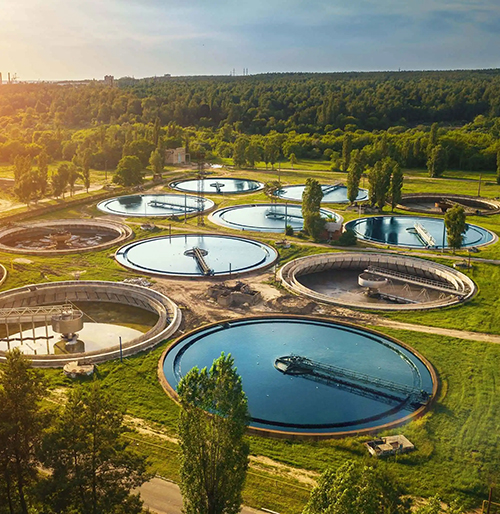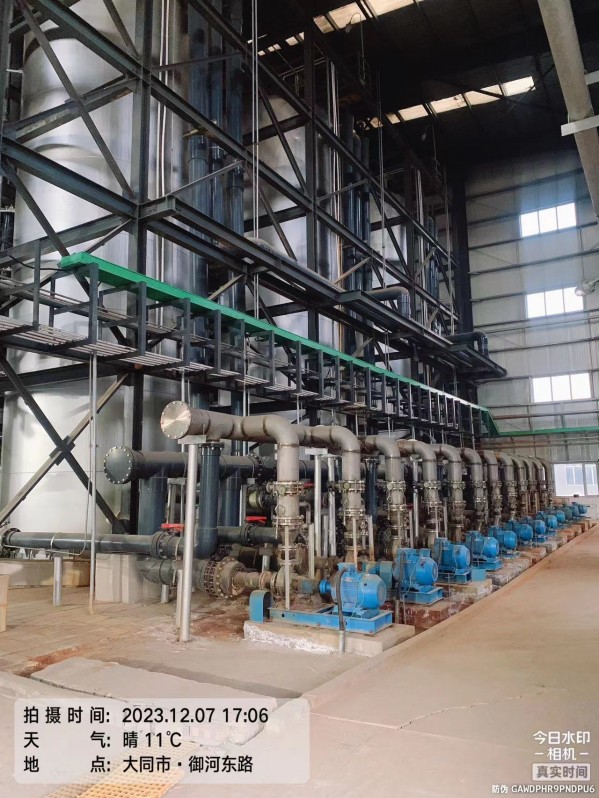
Shanxi Datong Project: Wastewater Type: Pharmaceutical wastewater.
Process Evolution:
Phase I: Initially employed an Ozone Oxidation process, which failed to meet treatment targets. It was subsequently retrofitted into a Fluidized Bed Fenton process.
Phase II: Adopted Magnetic Fenton technology.
Comparative Advantage: Both phases treat the same wastewater, providing a direct and fair comparison.
The Magnetic Fenton system demonstrated a 90% reduction in failure rate and a 40% reduction in operating costs compared to the Fluidized Bed Fenton system.
Annual operational savings exceeding 15 million RMB. This project serves as an ideal reference site for a side-by-side comparison of both Fenton technologies, allowing for direct data collection and validation of Magnetic Fenton's technical superiority.
Project Overview
With a total design capacity of 100,000 m3/day, the plant primarily treats wastewater from a pharmaceutical industrial park and pharmaceutical intermediate production, characterized by poor biodegradability and high difficulty in COD removal. The Phase I project initially adopted an ozone oxidation process as the advanced oxidation technology, which failed to meet the expected treatment targets. It was subsequently converted into a fluidized bed Fenton system, while the Phase II project directly employed the Magnetic Fenton technology.
1. Process Simplified from 3 Stages to 1: The effluent consistently meets the standard of less than 40 mg/L COD, eliminating the need for subsequent sand filtration and activated carbon filtration. This results in a significantly shortened process chain.
2. System Failure Rate Reduced by 90%: Reactor shutdowns for maintenance have been eliminated (saving over 2 million RMB annually), drastically reducing the on-site workload. Additionally, the need for media replacement or replenishment is completely removed.
3. Nearly 1 Million kWh of Electricity Saved Annually: This represents a substantial reduction in power consumption and associated carbon emissions.
4. Overall Operating Costs Reduced by 40%: Annual operational savings exceeding 15 million RMB.
Site view Comparison


